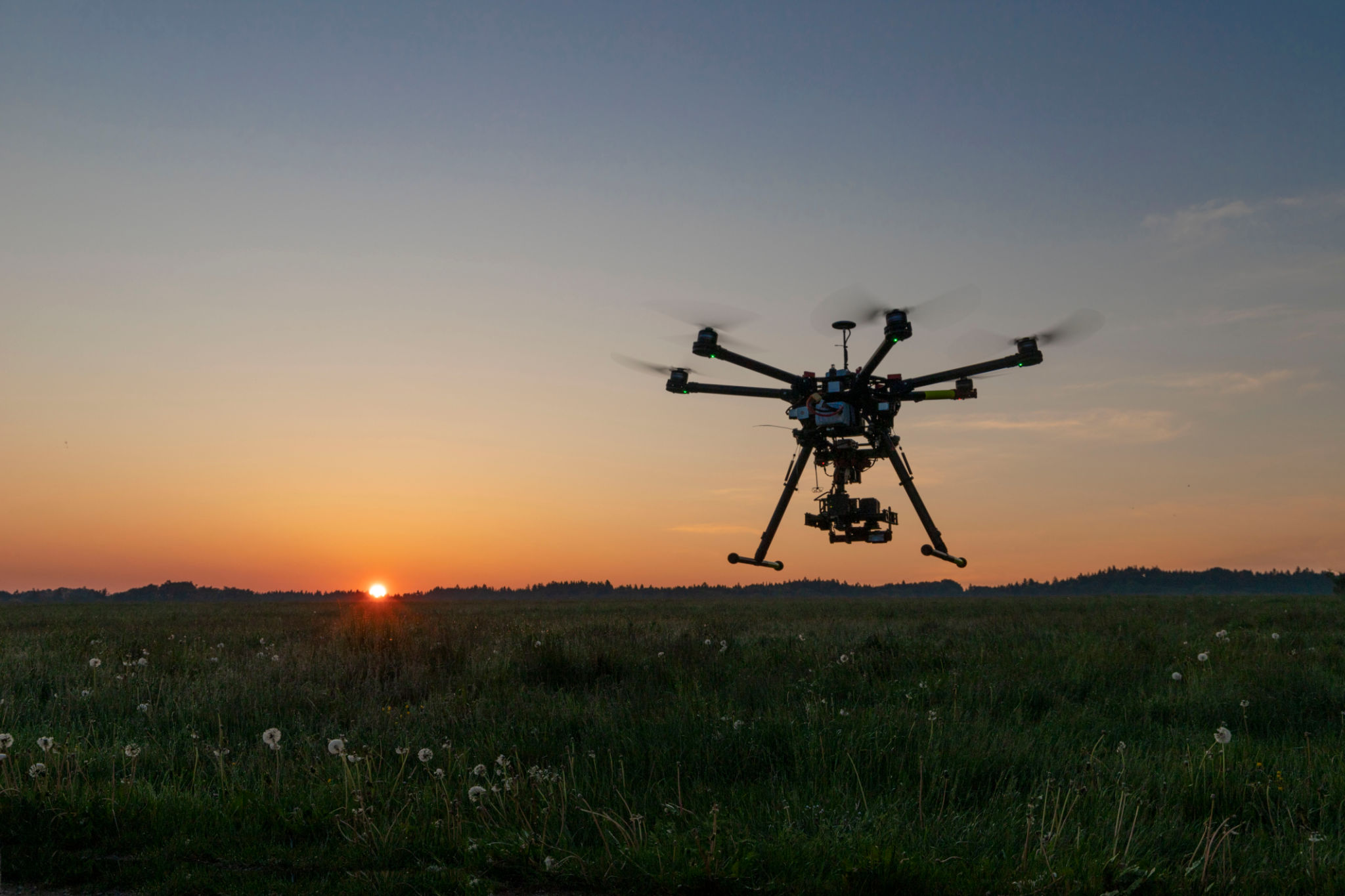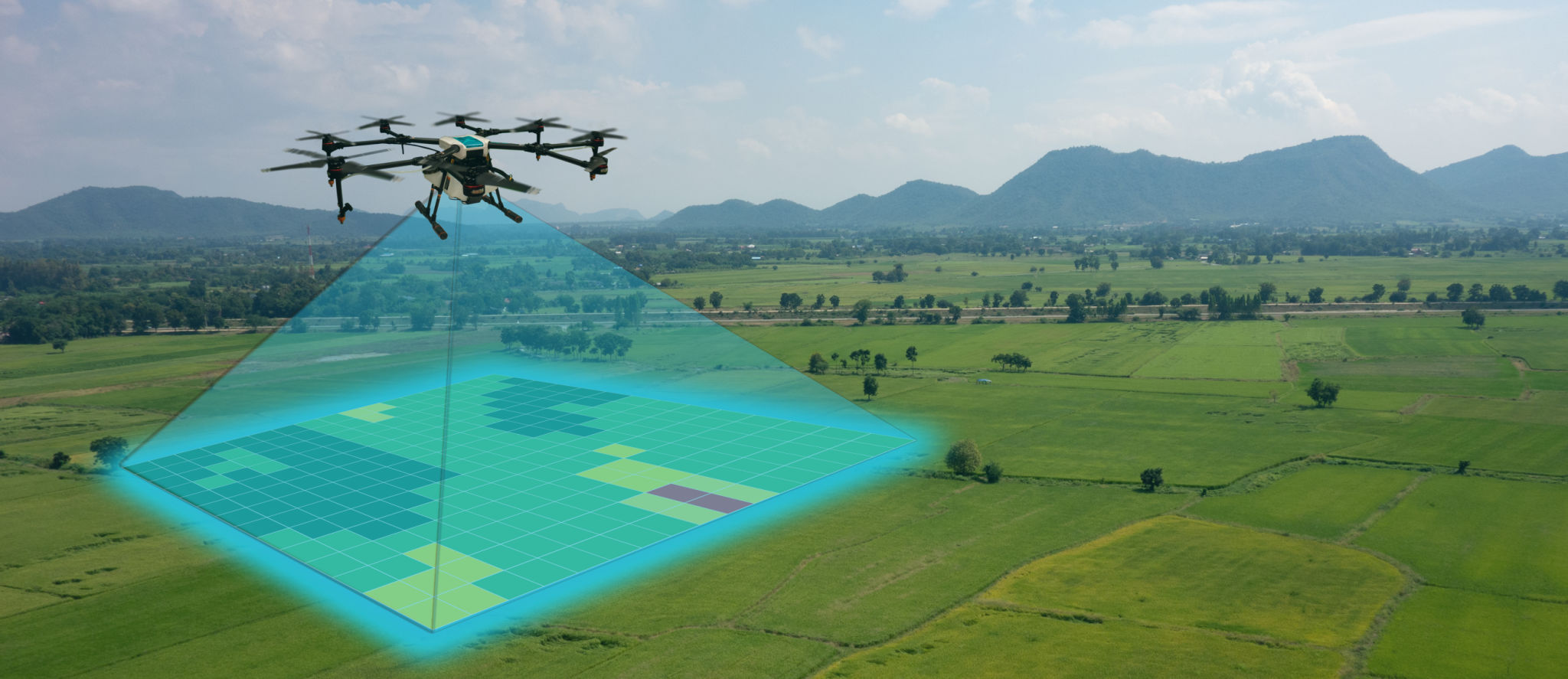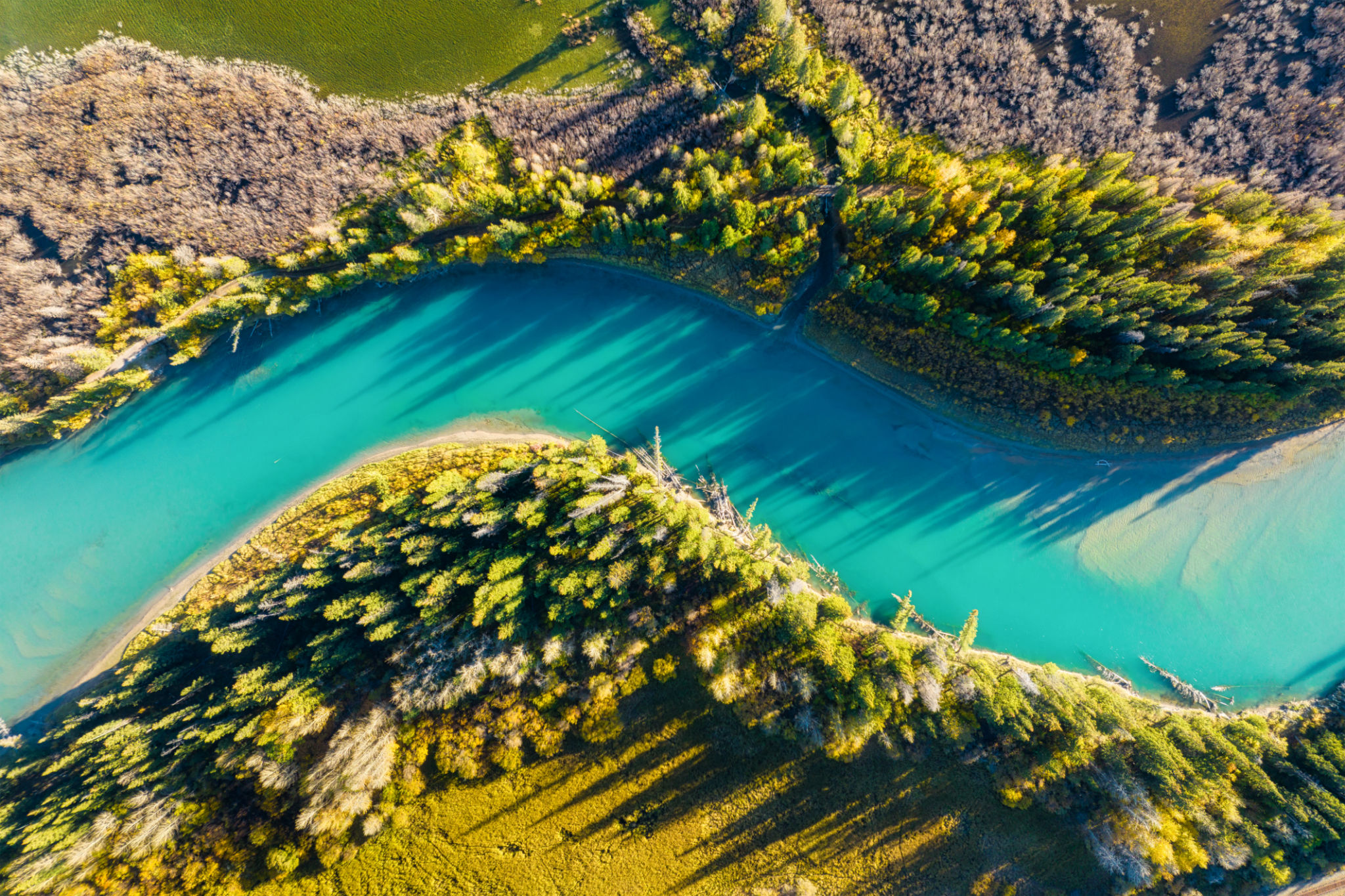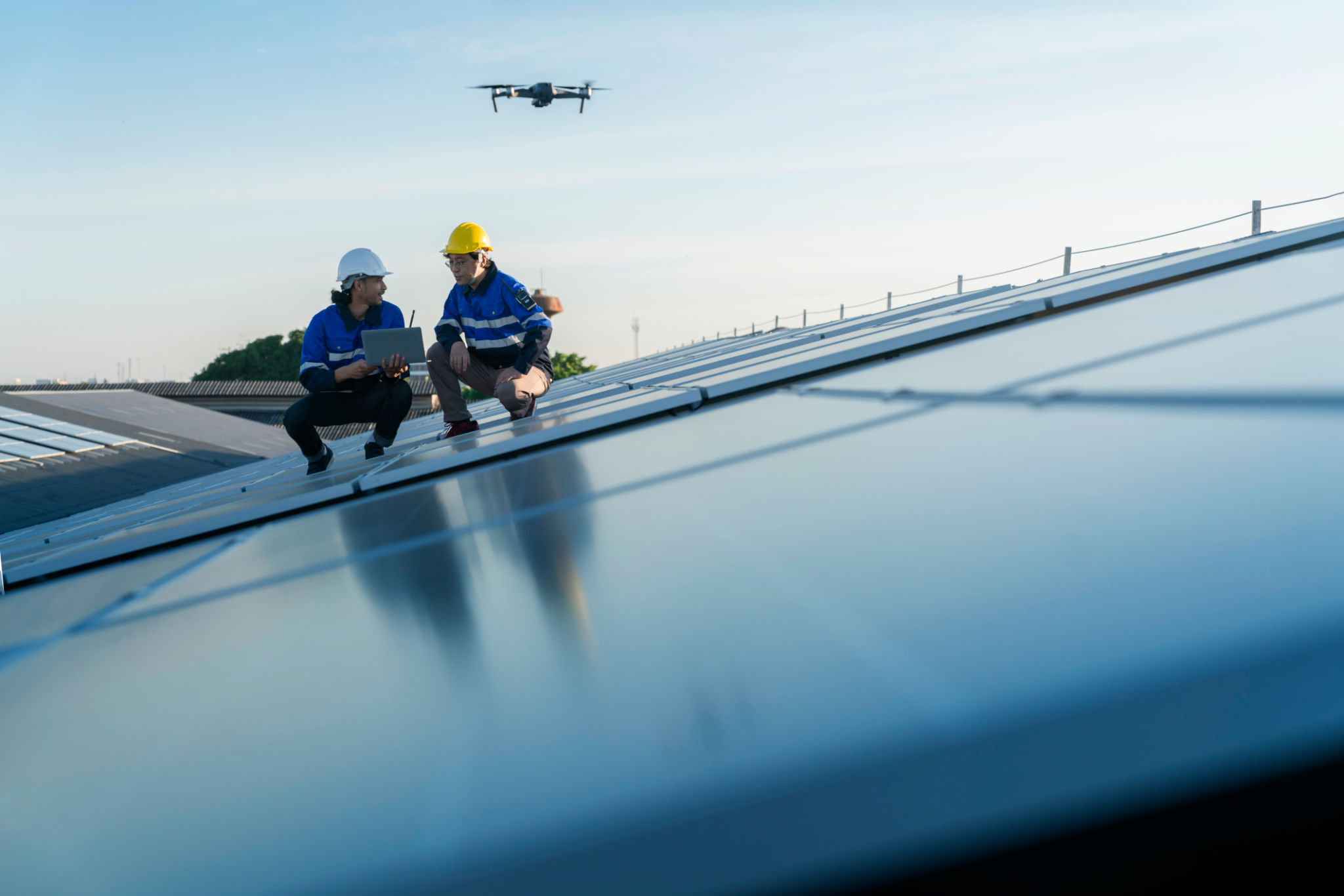How Drone Technology is Revolutionizing Wildlife Research in Alberta
The Rise of Drone Technology in Wildlife Research
In recent years, drone technology has emerged as a game-changer in various fields, including wildlife research. In Alberta, scientists and conservationists are leveraging drones to gain unprecedented insights into wildlife populations and their habitats. This innovative approach is not only enhancing the efficiency of research but also minimizing the disturbance to wildlife.
Traditionally, wildlife research involved labor-intensive methods such as aerial surveys from planes or helicopters, which could be both costly and intrusive. Drones, however, offer a quieter and more cost-effective alternative. They can cover large areas quickly, capturing high-resolution images and data that provide researchers with critical information about wildlife distribution, health, and behavior.

Improving Data Collection and Accuracy
One of the primary advantages of using drones in wildlife research is the ability to collect accurate data with minimal human interference. Drones equipped with advanced sensors and cameras can capture detailed images and videos from various angles, allowing researchers to study animals in their natural environment without causing stress or altering their behavior.
Moreover, drones can be programmed to follow specific flight paths and capture data at scheduled times. This automation ensures consistency in data collection, leading to more reliable and comprehensive datasets. With the help of drones, researchers can monitor changes in animal populations over time, track migration patterns, and identify critical habitats that need protection.

Applications of Drone Technology in Alberta
In Alberta, drones are being employed in a wide range of wildlife research projects. From monitoring endangered species such as the woodland caribou to studying the impact of climate change on local ecosystems, drones provide valuable insights that were previously difficult to obtain.
For instance, researchers are using drones to track the movement of caribou herds across vast and remote terrains. This information is crucial for developing conservation strategies aimed at preserving these iconic animals. Additionally, drones are helping scientists assess the health of wetlands and forests by providing detailed aerial imagery that can be analyzed to detect changes in vegetation and water levels.

The Future of Drone-Assisted Wildlife Research
As drone technology continues to advance, its applications in wildlife research are expected to expand even further. Innovations such as thermal imaging and artificial intelligence are already being integrated into drone systems, enabling more sophisticated analyses and the ability to identify individual animals or species.
Furthermore, collaboration between governments, research institutions, and private companies is driving the development of new tools and methodologies that capitalize on drone capabilities. These partnerships are crucial for addressing the complex challenges faced by conservationists in Alberta and beyond.
Challenges and Considerations
Despite the numerous benefits of drone technology in wildlife research, there are also challenges to consider. Privacy concerns and regulations regarding drone usage need careful navigation to ensure ethical practices are maintained. Additionally, technical issues such as battery life and weather conditions can impact the effectiveness of drone operations.
Nonetheless, with continued investment and innovation, these challenges can be addressed. By fostering a deeper understanding of both technology and ecology, researchers in Alberta are paving the way for more sustainable and effective wildlife conservation efforts.

Conclusion
Drones are revolutionizing the field of wildlife research in Alberta by providing researchers with powerful tools to study animals in their natural habitats. The ability to gather accurate data while minimizing disturbance is transforming conservation strategies and offering new hope for preserving biodiversity.
As technology continues to evolve, the potential for drones in wildlife research will only grow, making them an indispensable asset in the quest to protect Alberta's rich natural heritage. By embracing these advancements, researchers can ensure that future generations will continue to enjoy the province's incredible wildlife.